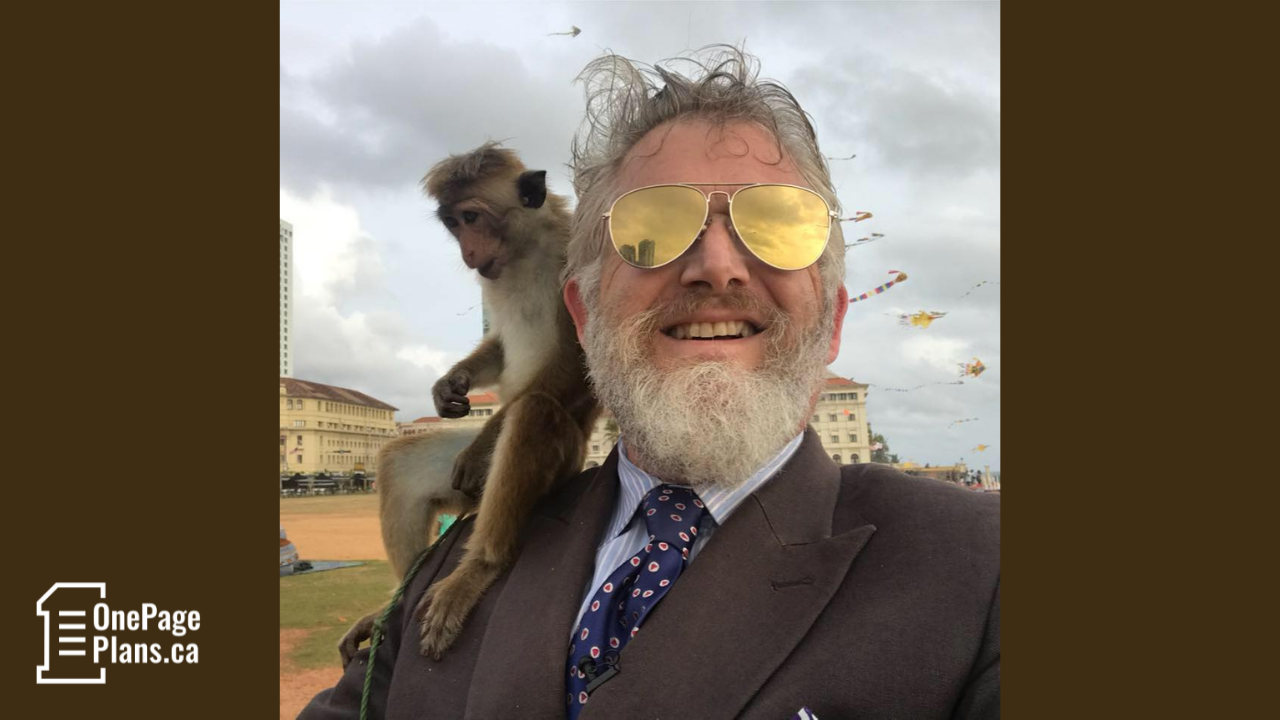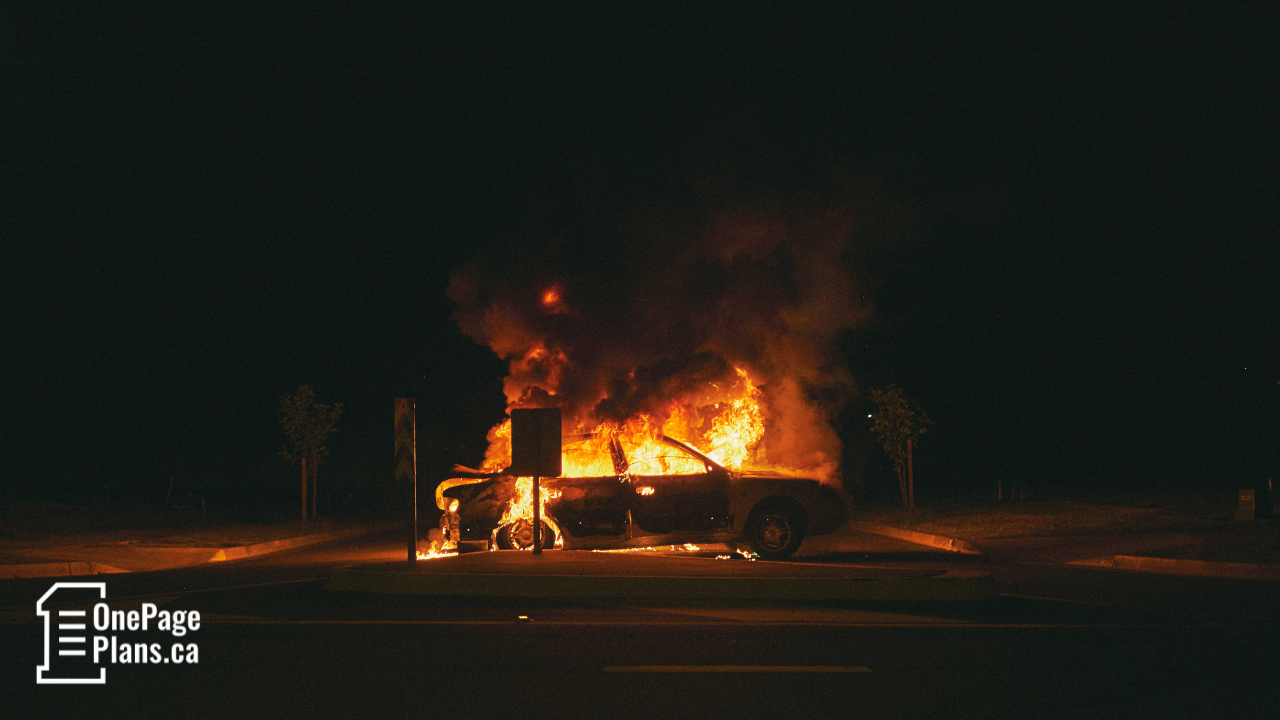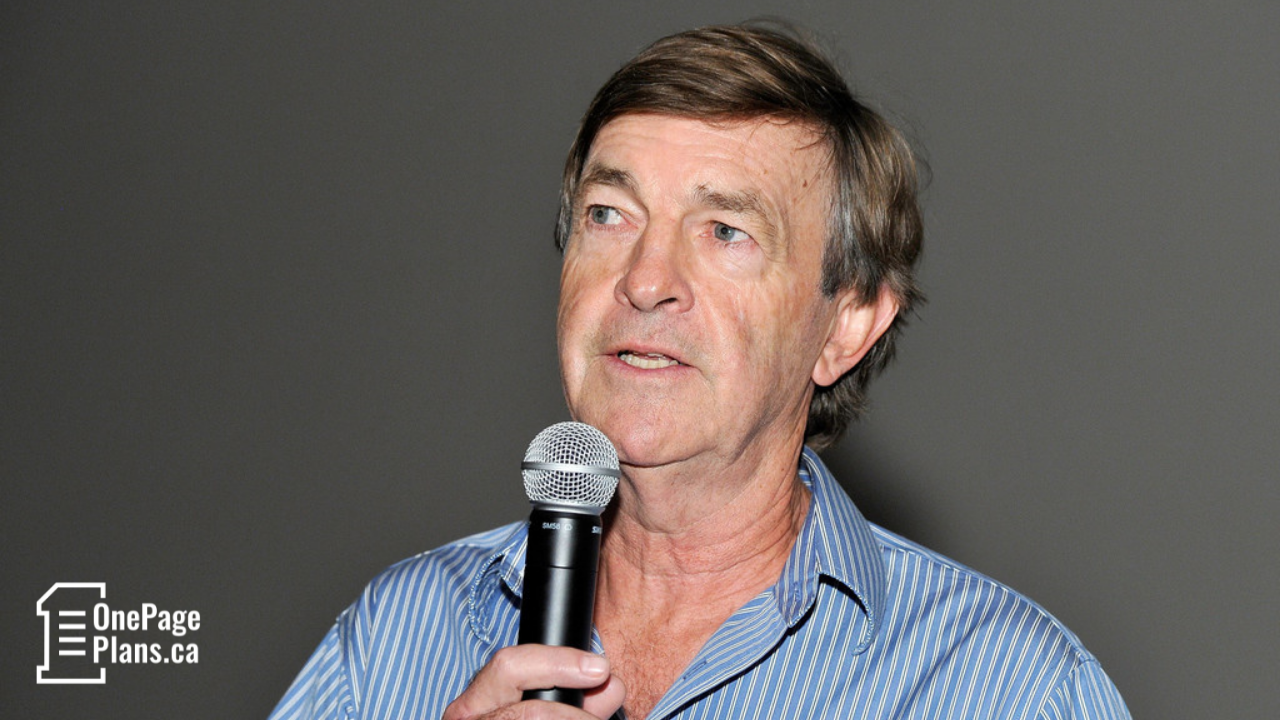Toughest Call Ep. 106 – How you choose to do the work IS the work (with Jewell Mitchell) - TRANSCRIPT

Jewell Mitchell 00:05
I just needed to make sure that I was prepared. Should it not go that way?
Chaz Thorne 00:12
Welcome back, or Welcome to toughest call a podcast for organizational leaders where we hear stories from your leadership colleagues about career defining decisions. I'm your host, Chaz Thorne. In this episode, I'm talking with Joel Mitchell about a challenge she faced when she felt the process for a large capital campaign was becoming disconnected from the organization's vision and values. Julian nonprofit leader with a particular belief in and focus on supporting the potential of women and children. Individuals can have very different approaches to decision making. And when you put these different approaches into a group process, conflict can erupt. jewel talks about what she learned from this difficult experience about the leaders role in setting up these group processes for success and how to keep your team on track as you move forward.
Jewell Mitchell ...
The Value of Putting Your Foot Down – Even When there’s a Chance you Might Shoot It

At some point in our lives, we all get caught up in projects that are a little beyond our comfort zone. That’s the position that Jewell Mitchell found herself in while she served as the Executive Director of a YWCA on Canada’s East Coast.
Jewell had never embarked on a capital campaign before, but it was something she’d have to take on to create the proposed housing and support center envisioned to support young moms.
Pulling together the dream team
To kickstart the campaign, Jewell pulled together a taskforce made up of experienced fundraisers and local movers and shakers. It turned out to be an impressive crew with deep connections to local businesses and affluent residents.
But even with the dream team in place, the journey got off to a rocky start.
Lacking experience in capital campaigns herself, Jewell allowed the experts in the group to take more control of the project. Without realizing it, those stepping up to command the project were alienating the very one...
Four Tips to Keep Your Committee on the Rails

While serving as the lead on a massive capital campaign, Jewell Mitchell made one of the toughest calls of her professional life. She stopped a “dream team” of fundraisers dead in their tracks when she felt like the organizational values were being compromised.
It was a high-risk manoeuvre that could have seen millions of dollars walk out the door.
But in the end, it all worked out, and she learned a lot about the importance of sticking to your guns, even when it means potentially shooting yourself in the foot.
Here are 4 tips Jewell’s story can teach us about keeping committees on the rails:
- Create a clearly defined operating framework. Make sure everyone on the team knows their individual roles and how they support the overall mission. And ensure they all understand the role the group plays in the success of your organization. That way, if things go sideways or if people encroach on other’s roles, you’ll be able to course correct without ruffling any feathers.
- Assert your ...
Toughest Call Ep. 105 – I should have just stuck to the plan (with Zach Selch) - TRANSCRIPT

Zach Selch 00:04
And I'm going to go on and say, fuck, you know, we have this nice package for you, we're gonna do this. And he literally like turns his head and throws up on my shoes.
Chaz Thorne 00:15
Welcome back or Welcome to toughest call a podcast for organizational leaders where we hear stories from your leadership colleagues about career defining decisions. I'm your host, Chaz Thorne. In this episode, I'm talking with Zack selge, about a tough call that he made and regretted around the firing of a non performing employee. Zach has been an international sales executive for over 30 years and is the author of global sales, the practical playbook on how to drive profitable growth. Having to let go of people is often one of the hardest things to do as a leader, that ensuring we have the right people in the right jobs is a defining part of a leaders role. Zach's story is instructive in that he allowed himself to be swayed toward a decision that he instinctually felt wasn't...
Sticking to your Plan: How a single good deed created a nightmare

No matter how many times you do it, it’s never easy to fire someone. Especially when you actually like the person you’re about to send packing. But sometimes, extraordinary circumstances arise that change your decision mid-stream.
That’s precisely the position that turnaround specialist Zach Selch of Global Sales Mentor found himself back in 2009.
Zach had been mentoring a likable young salesperson in Greece who, even after a lot of coaching, just wasn’t meeting his performance targets. Zach didn’t want to fire him, but it was clear that he had to. So, he boarded his flight to Greece and prepared to deliver the news face-to-face.
That’s when everything went sideways.
By the time Zach’s plane landed, the entire Greek economy was in a freefall. It was day 1 of the government debt crisis. There were mass riots. Banks were being set ablaze. And millions were instantly unemployed and facing severe uncertainty. In short, it was utter chaos. To make matters worse, during the m...
Before abandoning your strategy, consider these 3 things

When turnaround specialist Zach Selch of Global Sales Mentor flew to Athens, Greece, to let go of an underperforming employee, he had his whole strategy clearly mapped out. But when he arrived in Greece, everything went sideways.
That day turned out to be day 1 of the country’s economic crisis. And before he could open his mouth to deliver the news, the employee told him that his wife just lost her job and that the two were expecting their first child.
Feeling the weight of so many extraordinary circumstances colliding all at once, Zach had a moment of compassion and decided to change course.
Rather than fire the employee, he decided to let him stay on as long as he needed to while he looked for another job.
It turned out to be a costly mistake and one that negatively impacted his entire team.
Here are a few tips we’ve gleaned from Zach’s experience to help you better roll out a strategy of your own:
- Don’t let emotions get the best of you. While it’s tempting ...
Toughest Call Ep. 104 - Making the Hollywood Blockbuster Robin Hood: Prince of Thieves (with John Watson) - TRANSCRIPT

John Watson 00:04
The big thing was, they wanted us to produce the movie, at least they were willing to let us produce the movie ourselves, which was what we really wanted to hear.
Chaz Thorne 00:15
Welcome back, or Welcome to toughest call, a podcast for organizational leaders, where we hear stories from your leadership colleagues about career defining decisions. I'm your host, Chaz. In this episode, I'm talking with john Watson about a tough call he faced in the making of his movie Robin, starring Kevin Costner. JOHN is a Hollywood producer with credits including backdraft blown away mall Flanders, the outer limits, Harriet, and the last full measure. JOHN talks about a particularly tough call with a tight timeline he and his partners had to make in the early days of their movie Robin Hood, this decision had significant ripple effects, both good and bad, that would be felt for decades to come. Join, let's start at the point where you decided to write this script for Robin ...
Is Your Business Facing a Tough Choice?

3 Tips from the man who turned Robin Hood into the 2nd Highest Grossing Film of 1991
Back in the early 90s, a struggling writer/producer by the name of John Watson had a screenplay that completely reimagined the legend of Robin Hood. In John’s version, Robin was a warrior of noble blood who returns from the Crusades to find that the home he knew is now rampant with corruption.
It was a bold reinvention that caught the eye of Hollywood and landed John two very different offers.
One of the largest studios offered him a “mind-blowing” amount of money for the screenplay but would shut John out of producing and all further involvement. The other offer was from a smaller studio for far less money, but in this deal, John could stay on as producer. The second option came with greater risk, but John ultimately left the money on the table and went with the second option anyway.
The bold choice turned out to be the right one. The film became the second highest-grossing film of 1991, amassing ...
The Bold Decision that turned Robin Hood into a Hollywood Blockbuster

Check yourself to ensure that you aren’t seduced too easily by the ‘quick win’.
When many of us think of Robin Hood, we often conjure up cheeky images of characters parading around in tights and occasionally bursting into songs of merriment. And to be fair, that’s exactly the image Hollywood had about the legend of Robin Hood until a relatively new writer/producer by the name of John Watson and his writing partner, Pen Densham, wrote an entirely new take on the classic.
In their screenplay, Robin was a warrior of noble blood who comes back to a now highly corrupt England after being imprisoned during the Crusades.
Within weeks after shopping around their reimagined version, the reception was nothing short of remarkable. In fact, John found himself with not one, but two solid offers on the table, each with the power to forever alter his career.
“We really had two very different choices,” said John “Give up the script to a major studio for a mind-blowing amount of money. Or stay onbo...
Toughest Call Ep. 102 - To go forward or retreat while 2,000 meters above certain death (with John Bourke) - TRANSCRIPT

;
John Bourke 00:04
I may end up dead. So low probability. I don't know if I was mentally survive, dangling off the rope with a tooth longer dropped below me.
Chaz Thorne 00:15
Welcome back and welcome to toughest call a podcast for organizational leaders where we hear stories from your leadership colleagues about career defining decisions. I'm your host, Chaz Thorne. In this episode, I'm talking with john Burke about a tough call he faced when climbing a literal mountain, and what he learned from it as a leader. JOHN is the president of the Business Excellence Institute, a worldwide membership body for Business Excellence professionals, john talks about a difficult choice he had to make while standing on a narrow ledge above a deadly two kilometer drop. Though it was not a call he had to make for his business, the repercussions of that defining moment continue to inform how he approaches his professional decision making. JOHN, let's start at the point of why did you decide t...

